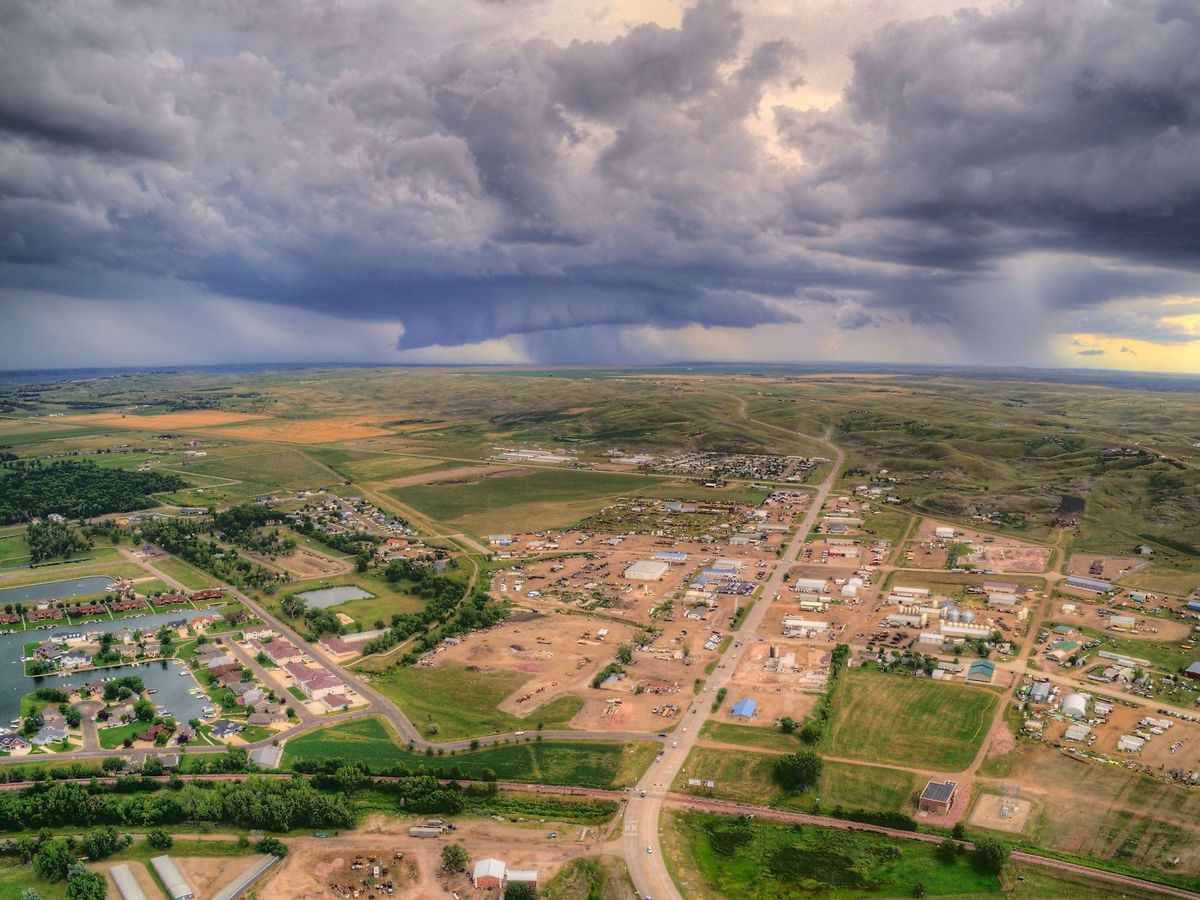Lost Trading Posts Of South Dakota’s Fort Pierre

Have you ever imagined what life was like in the early days of the American frontier? Fort Pierre in South Dakota offers a glimpse into that past with its lost trading posts. These sites were once bustling hubs where traders, Native Americans, and pioneers exchanged goods and stories. Today, they stand as reminders of a time when the Great Plains were a wild and untamed land. Exploring these historic spots can transport you back to an era of fur traders and explorers. Whether you're a history buff or just curious about the past, Fort Pierre's trading posts offer a fascinating peek into the lives of those who shaped the American West. Wander through these sites and imagine the vibrant exchanges that once took place, connecting cultures and communities in ways that still resonate today.
Discovering the Lost Trading Posts of Fort Pierre
Fort Pierre, South Dakota, holds secrets of the past. Once a bustling hub for traders, explorers, and Native American tribes, this area is rich with history. Let's explore some of the lost trading posts that played a significant role in shaping the region.
The Historical Significance of Fort Pierre
Fort Pierre was more than just a stop on the map. It was a meeting place for cultures, ideas, and commerce. The trading posts here were vital for the exchange of goods and stories. Let's take a look at some of these fascinating places.
- Fort Tecumseh
Fort Tecumseh was a key player in the fur trade. Established in the early 1800s, it served as a trading post where trappers and Native Americans exchanged pelts for goods. The fort's strategic location made it a bustling center of activity.
- Fort Pierre Chouteau
Named after the famous Chouteau family, this post was a major trading hub. It was one of the largest and most important trading posts on the Upper Missouri River. The fort's influence extended far beyond its walls, impacting trade routes and relationships with local tribes.
- Fort Manuel Lisa
Fort Manuel Lisa was established by the Missouri Fur Company. It was a short-lived but significant trading post. Known for its role in the early fur trade, it was a place where traders and Native Americans interacted and exchanged goods.
The Role of Trading Posts in Cultural Exchange
These trading posts were not just about commerce. They were places where different cultures met and exchanged ideas. The interactions at these posts helped shape the cultural landscape of the region.
- Fort Lookout
Fort Lookout was a smaller post but played a crucial role in cultural exchange. It was a place where traders, explorers, and Native Americans shared stories and traditions. This exchange enriched the lives of those who passed through its gates.
- Fort Kiowa
Fort Kiowa was another important post in the region. It served as a meeting point for various tribes and traders. The fort's location made it a key spot for exchanging goods and ideas, contributing to the cultural tapestry of the area.
The Legacy of Fort Pierre's Trading Posts
Though these trading posts are long gone, their legacy lives on. They were instrumental in shaping the history and culture of South Dakota. The stories and exchanges that took place here continue to influence the region today.
- Fort Brule
Fort Brule was a lesser-known post but played a significant role in the local economy. It facilitated trade between settlers and Native Americans, leaving a lasting impact on the area's development.
- Fort Recovery
Fort Recovery was aptly named, as it served as a place of refuge and trade. It was a spot where weary travelers could rest and exchange goods, contributing to the survival and prosperity of those who visited.
These lost trading posts of Fort Pierre tell a story of adventure, commerce, and cultural exchange. They remind us of a time when the world was a little wilder and the possibilities seemed endless.
Reflecting on Fort Pierre's Trading Legacy
Fort Pierre's trading posts hold a rich history that shaped South Dakota's development. These posts were more than just places of commerce; they were hubs of cultural exchange and community building. Traders, Native Americans, and settlers came together, sharing goods, stories, and traditions. This blend of cultures created a unique tapestry that still influences the region today.
Exploring these historic sites offers a glimpse into the past, where the Missouri River served as a lifeline for trade and travel. The remnants of these posts remind us of the challenges and triumphs faced by those who lived and worked there.
As you walk through Fort Pierre, imagine the bustling activity that once filled these spaces. The legacy of these trading posts continues to inspire curiosity and appreciation for the diverse history of South Dakota. Embrace the stories and lessons they offer, connecting past and present.

